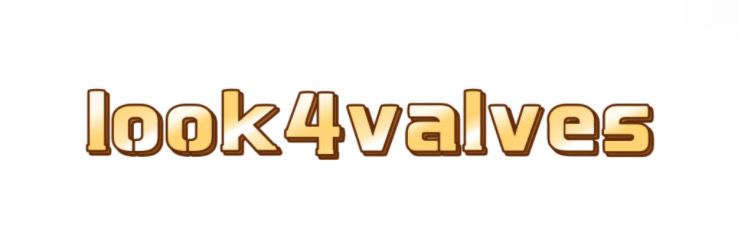Understanding the F2338 Vacuum Decay Leak Test
Understanding the F2338 Vacuum Decay Leak Test is essential for ensuring the integrity of sealed packages and systems in various industries. This leak testing method is rooted in a systematic approach to detecting leaks in containers by measuring pressure changes within a vacuum environment. Originating from rigorous scientific principles, this method has become a standard practice in quality control across sectors such as pharmaceuticals, food packaging, and automotive.
For more information, please visit vacuum decay leak test method f2338.
What is the Vacuum Decay Leak Test Method F2338?
The vacuum decay leak test method F2338 operates on the principle that if a sealed package is compromised, the pressure inside the vacuum chamber will change over time. This method involves placing the package in a vacuum chamber and creating a vacuum. Subsequently, a pressure sensor monitors any decay or drop in pressure within a specified timeframe. A consistent drop in pressure indicates the presence of a leak, thus allowing for immediate corrective action.
The Importance of Precision in Testing
Precision is critical in the vacuum decay leak test method F2338. Even the smallest leak can compromise the integrity of the product, leading to contamination or spoilage. As such, maintaining accurate pressure readings and ensuring the reliability of the vacuum chamber setup is paramount. Manufacturers often conduct regular calibration and maintenance of their testing equipment to uphold standards, which contributes significantly to product safety and efficacy.
Applications and Industry Impact
The impact of the vacuum decay leak test method F2338 extends across multiple sectors. In pharmaceuticals, for example, maintaining sterile conditions in drug packaging is non-negotiable. The integrity of packaging protects against contamination, thus preserving the quality and effectiveness of medications. Similarly, in food packaging, preventing leaks ensures that products remain fresh, safe, and are delivered without spoilage.
Advantages Over Other Methods
Compared to other leak detection methods, such as dye penetration or pressure decay tests, the vacuum decay method offers unique advantages. It is non-destructive, which means that valuable products can be tested without risk of damage. Additionally, the vacuum decay leak test method F2338 can detect very small leaks that other methods might miss. This enhances product reliability and can save companies significant costs related to product recalls and consumer complaints.
The Future of Leak Testing
As technology evolves, the vacuum decay leak test method F2338 will likely see enhancements in sensitivity and efficiency. Integrating automated systems and artificial intelligence can streamline the testing process, leading to faster results and higher accuracy. Adopting cutting-edge technology will further reinforce the integrity of packaging across industries and help meet stringent regulatory standards.
In conclusion, understanding the F2338 Vacuum Decay Leak Test is vital for industries focused on quality assurance and safety. This method not only facilitates the detection of leaks but also plays a crucial role in ensuring the overall safety and effectiveness of products. As industries continue to innovate, the reliance on such robust testing methods will only grow, underscoring their significance in modern manufacturing and compliance practices.
Want more information on Syringe Leak Tester? Feel free to contact us.



